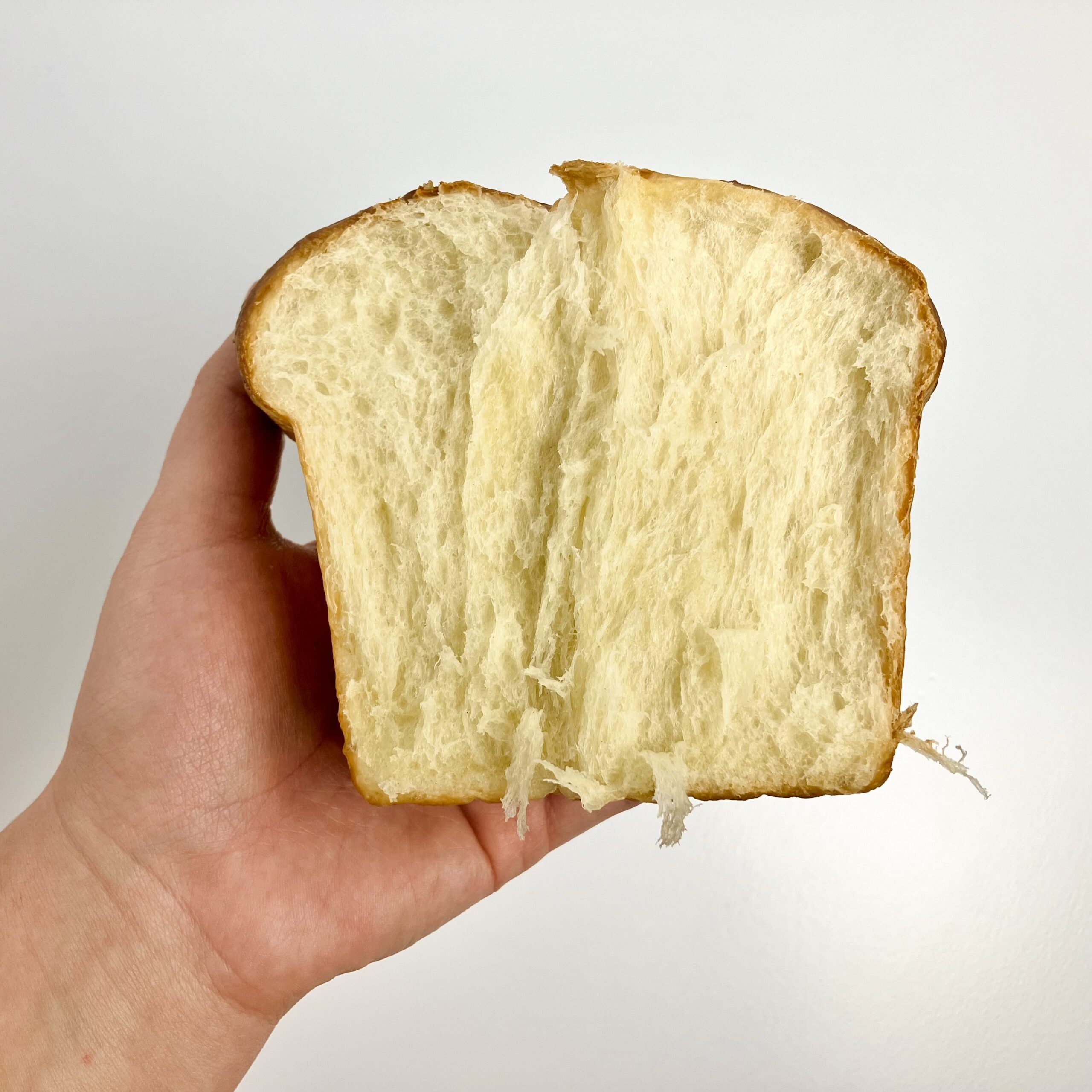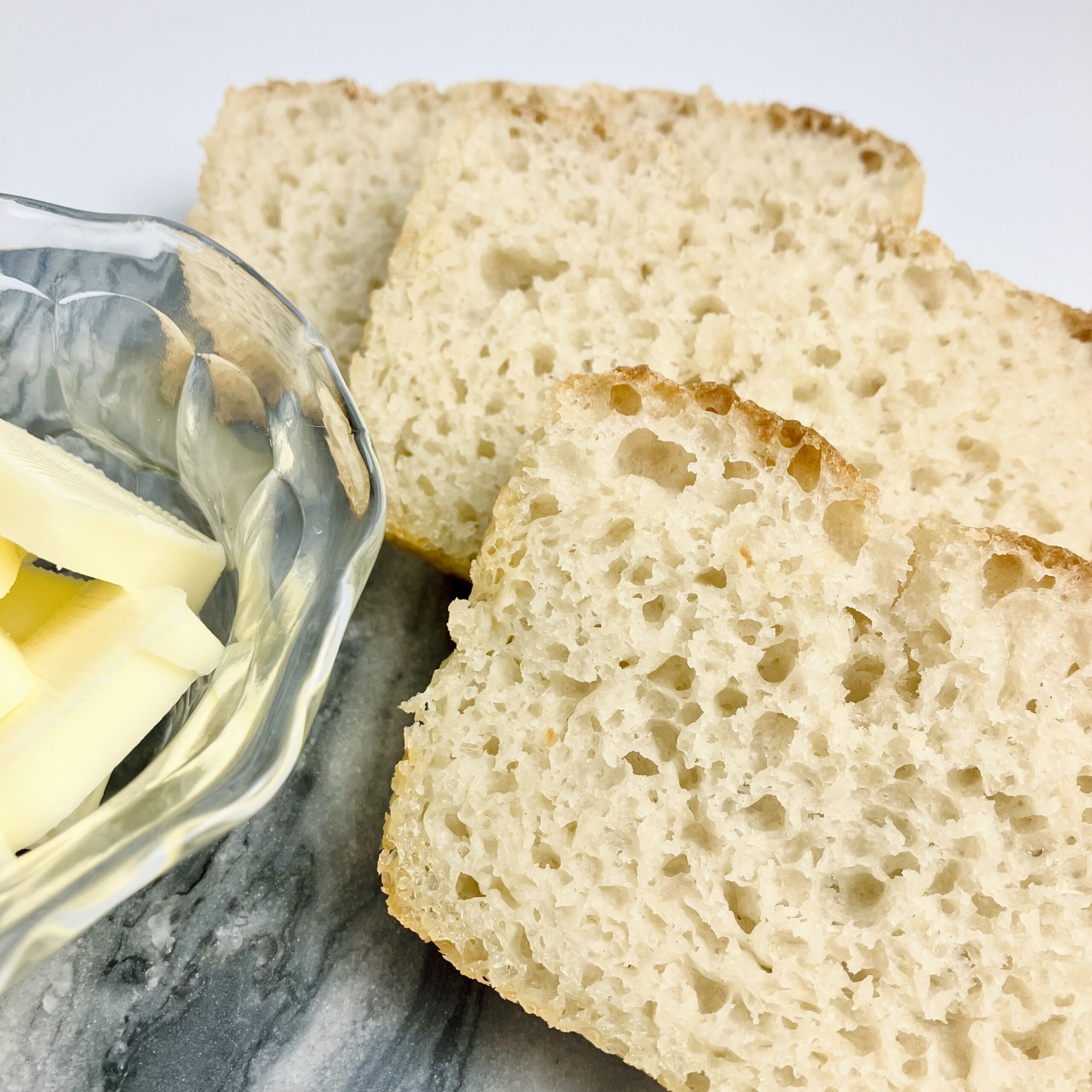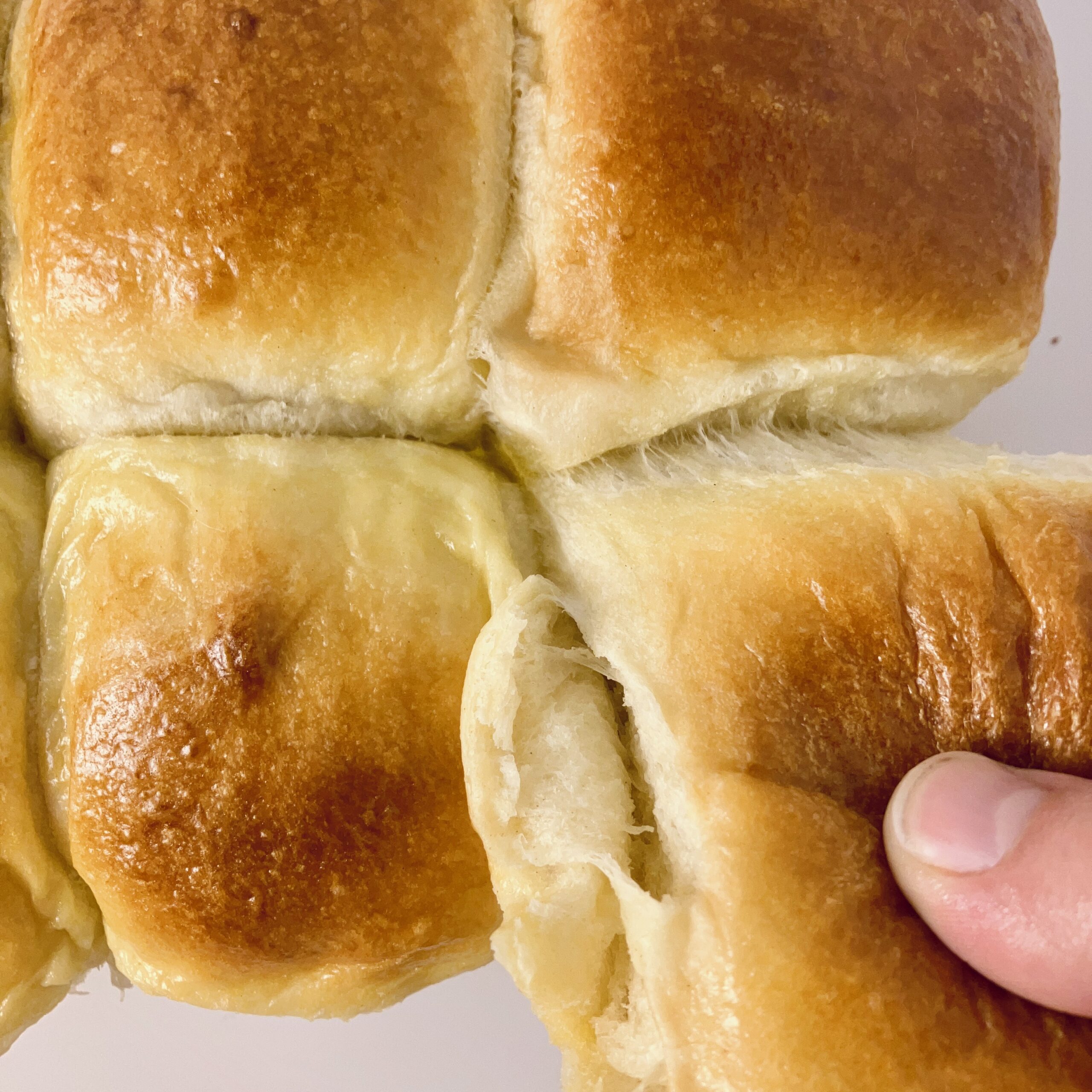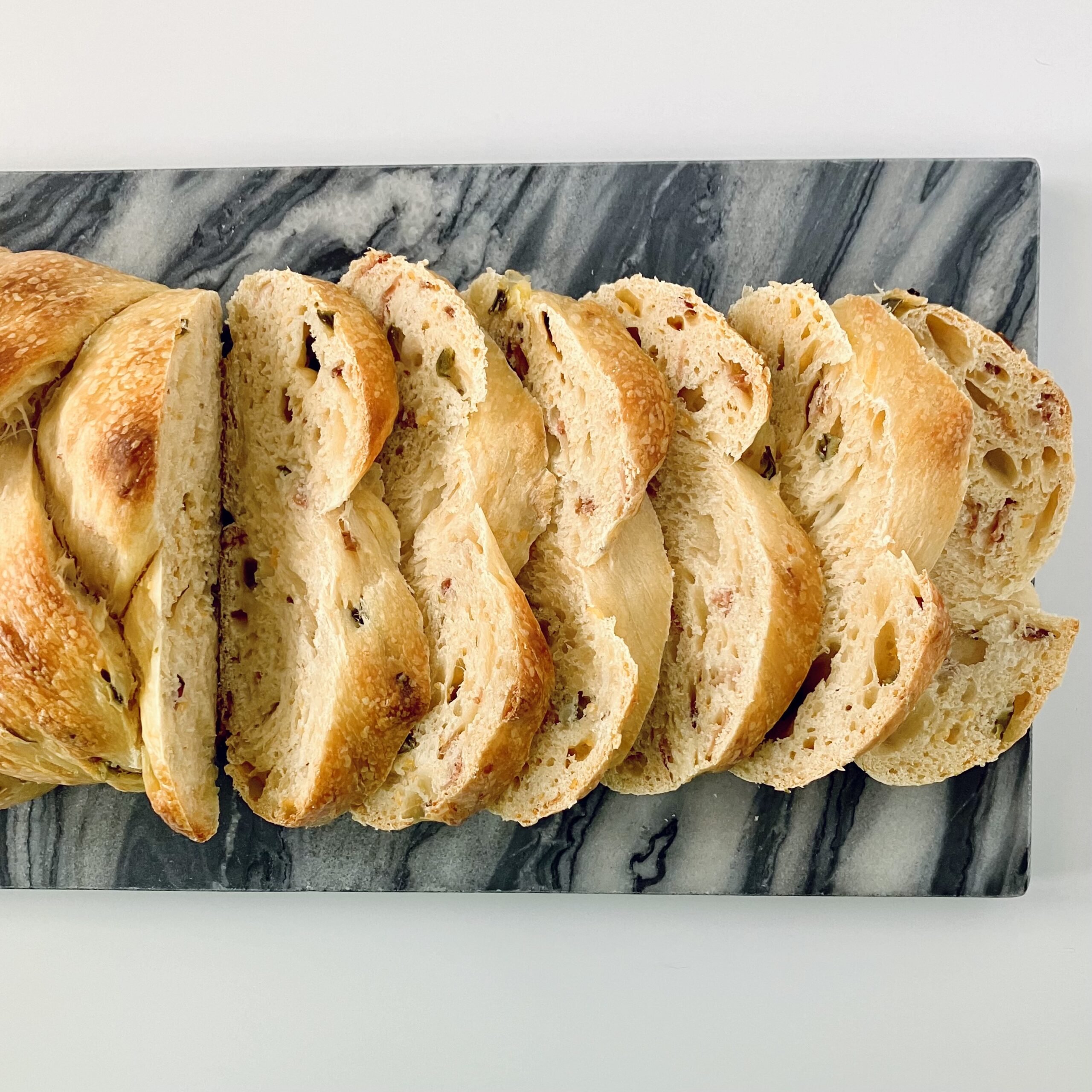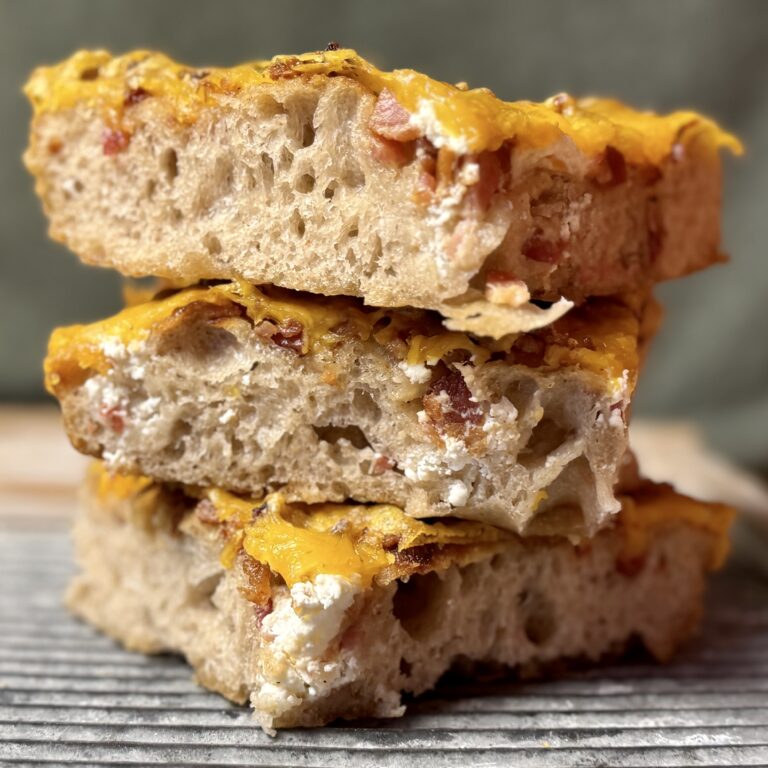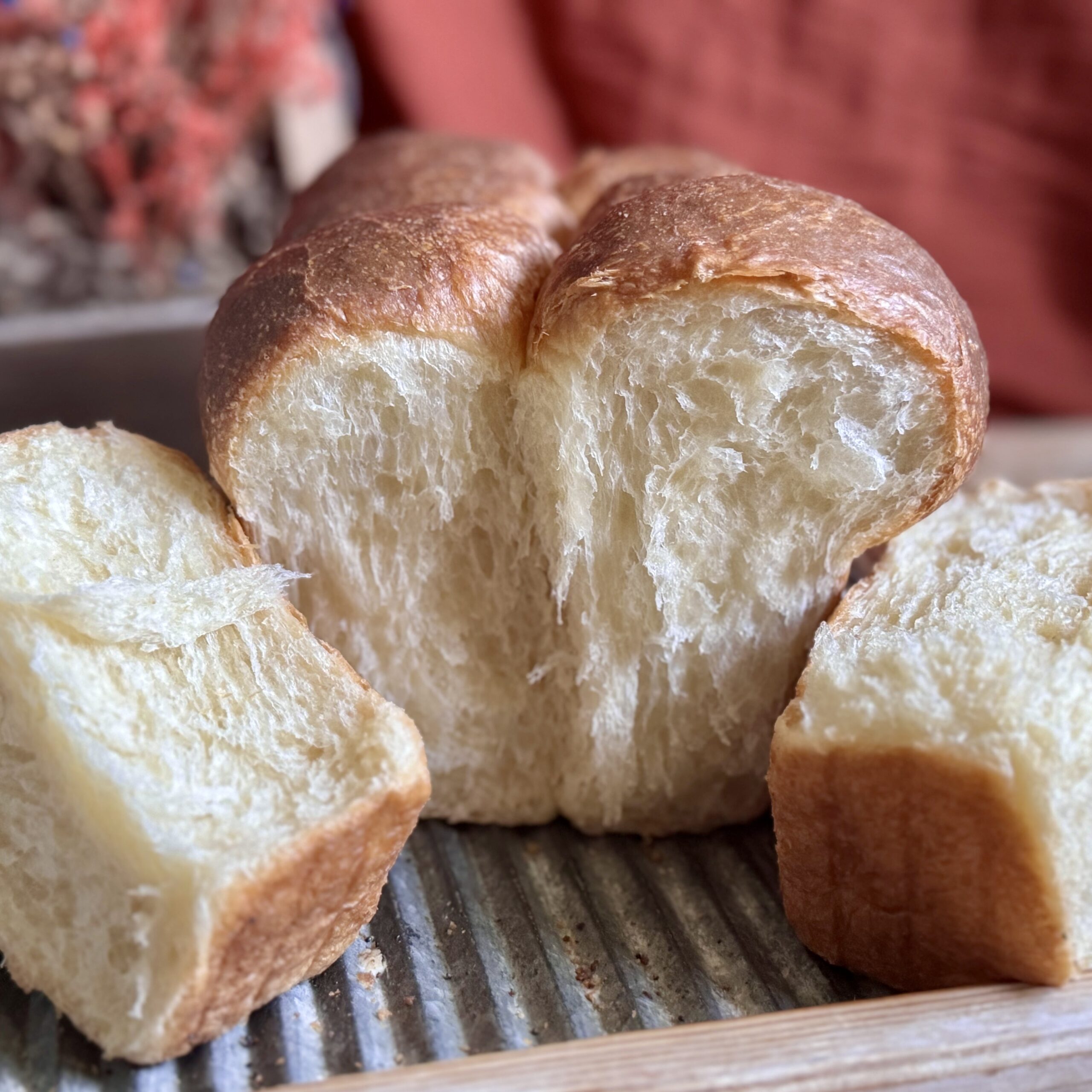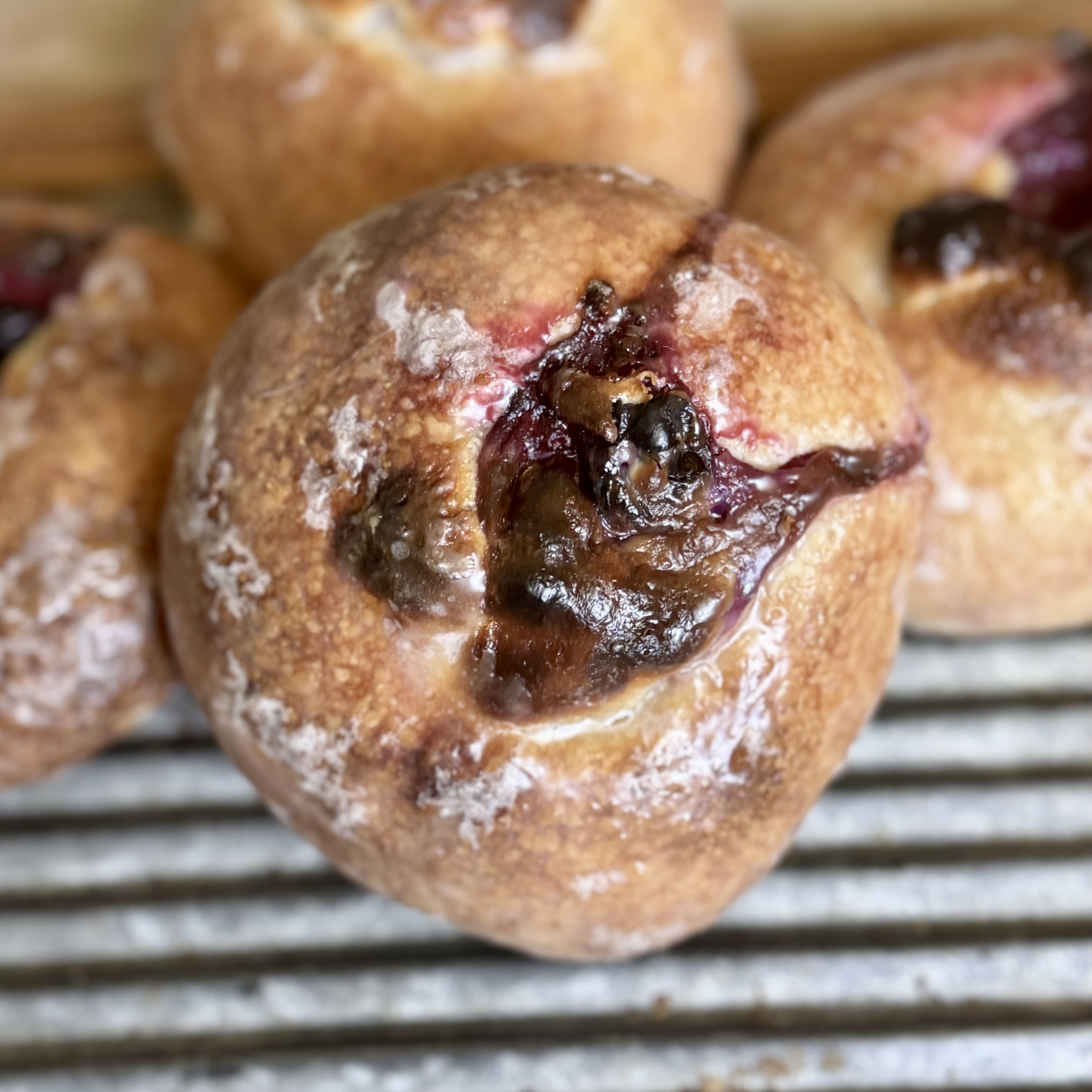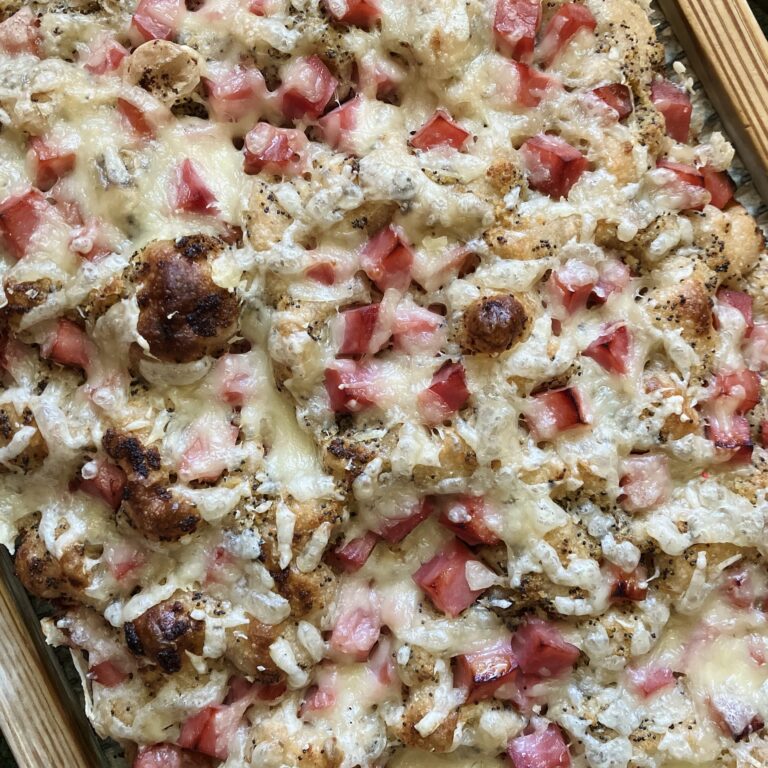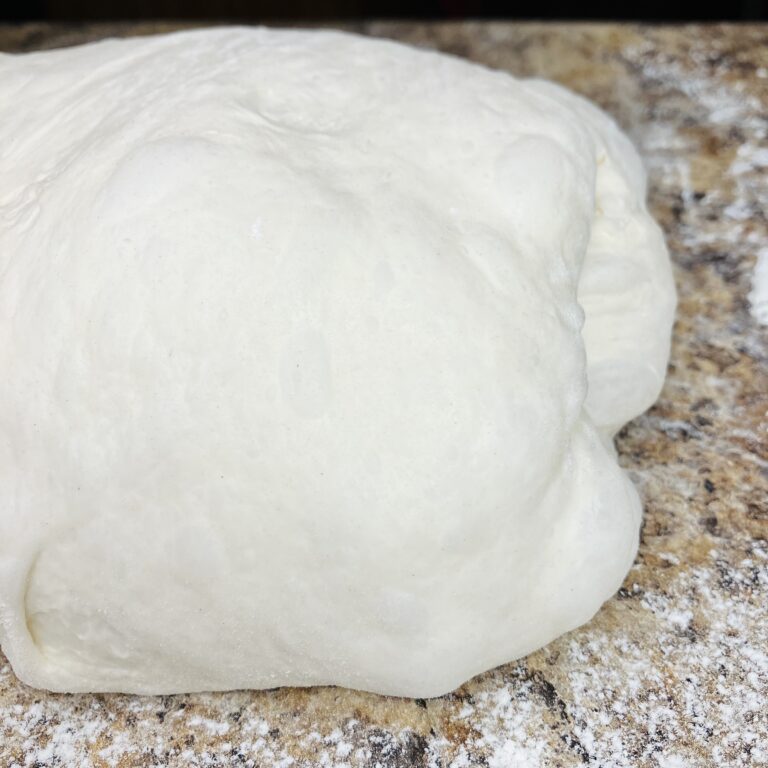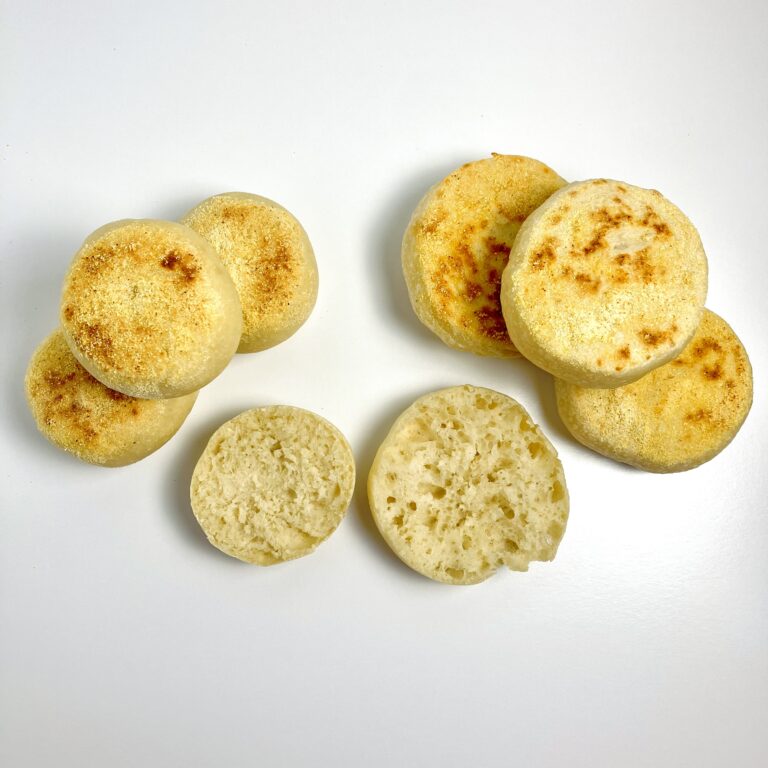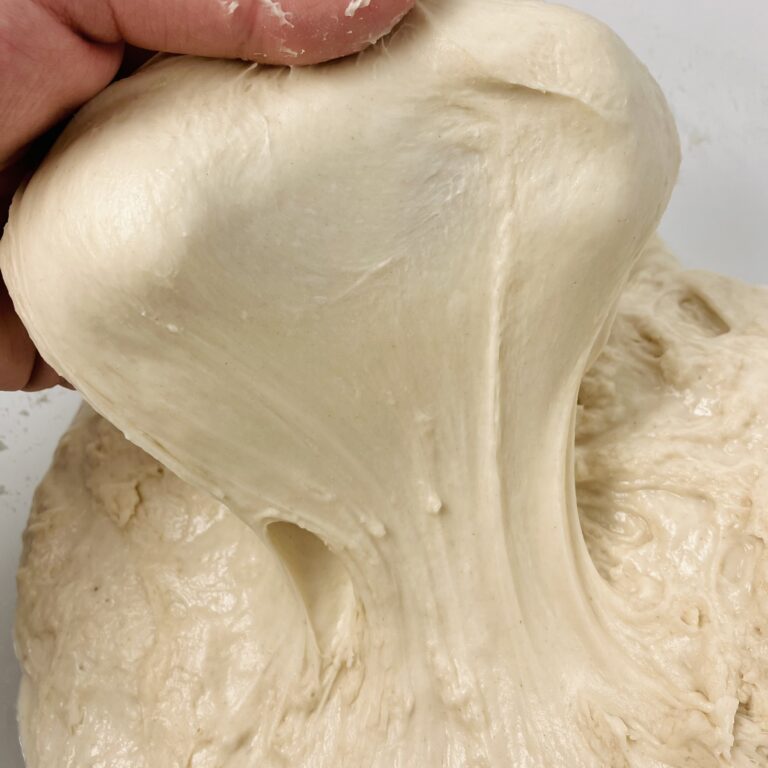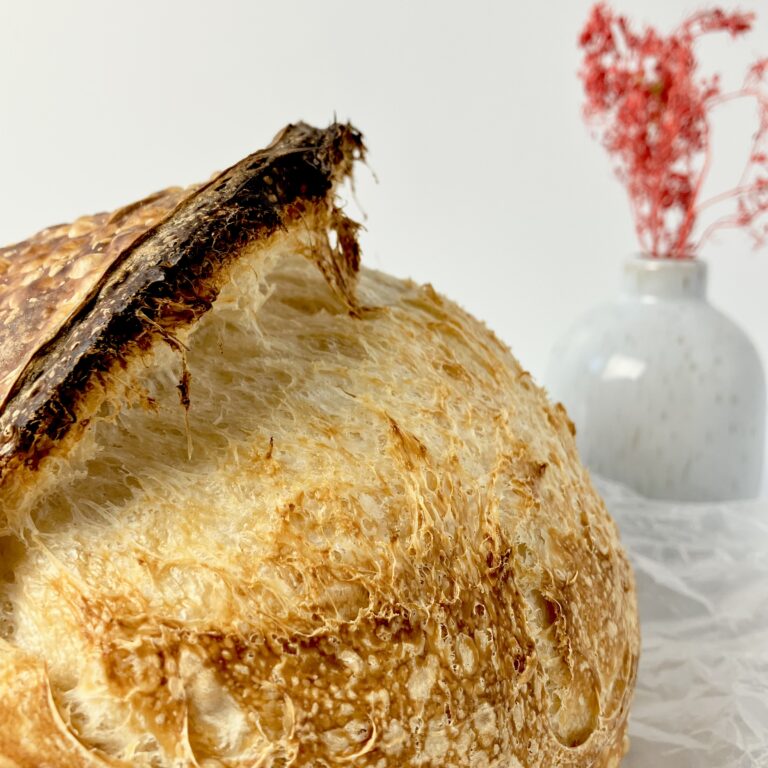ABOUT THE SOURDOUGH BAKER
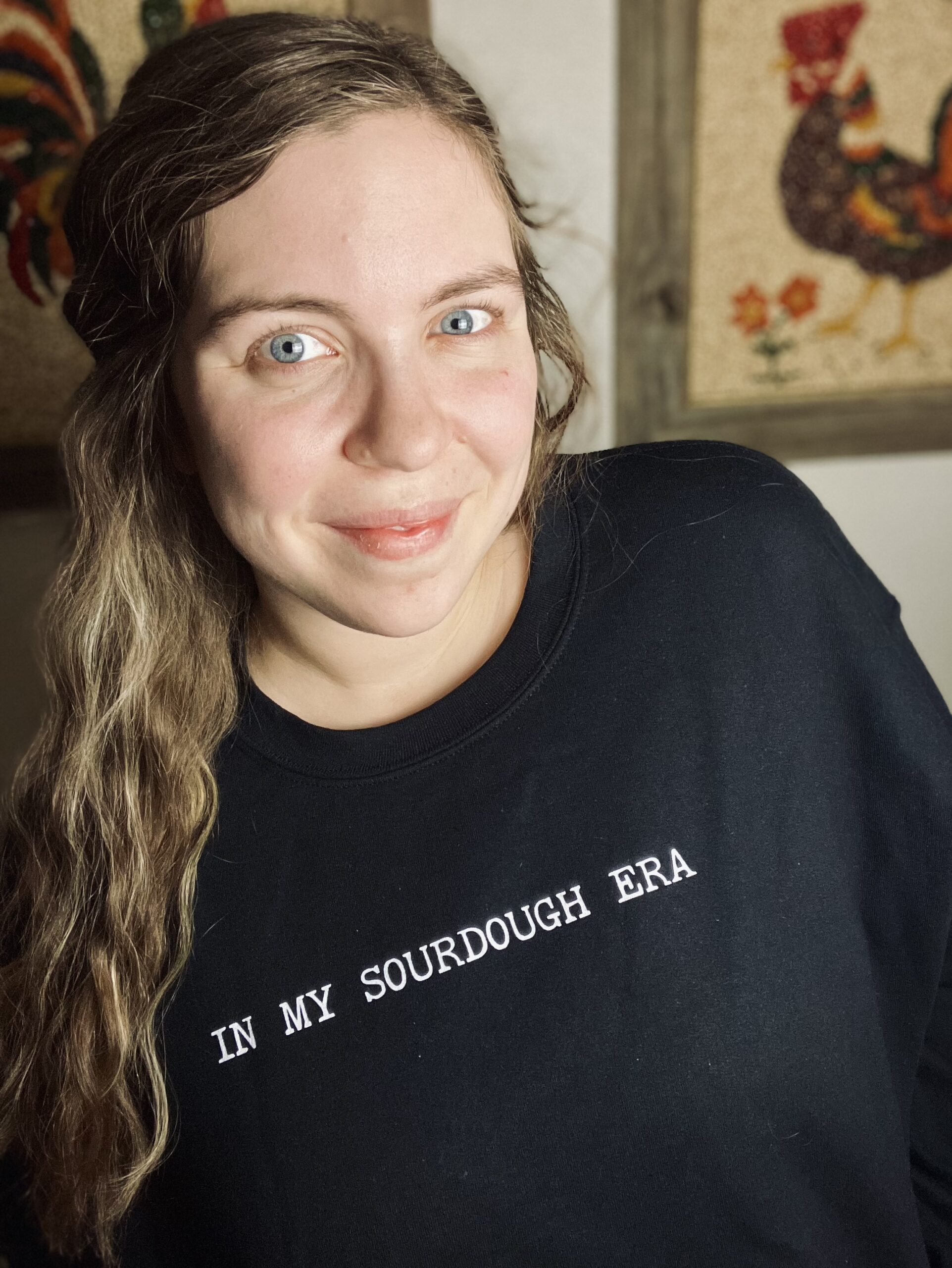
Who I am, My life before sourdough, and how I got started
Hi! My name is Caitlin.
I am a twenty-six year old mom of three young boys. My oldest is five years old, while my youngest was just born this June.
Though I’m “just a mom” and homemaker now, I did do other things. Upon graduating high school, I went to college, got married, obtained my degree (in that order), and became a teacher. I taught for three years, until my youngest was born and I decided that it was my time to be home with my children.
I didn’t realize how much I missed out on with my oldest until I came home. I actually cried when the realization hit me. And so that’s the phase of life I am in right now, being home and present for my babies, and taking care of my family.
Though I perform other homemaking duties and have many other experiences (and a few other areas of expertise), my focus for this blog is strictly sourdough. So, let me tell you how that journey began.
I grew up in a way of life completely different from what I know now. I lived the fast-paced, big city life. My parents hardly cooked, and bread-making just wasn’t in the picture or on anyone’s mind.
It wasn’t until I got married and had only pennies that my bread journey began. We had only $50 a week to spend on groceries, and so we bought only the staples. I learned to make everything from scratch. My journey began with commercial yeast, as opposed to sourdough, where I learned just how valuable four simple, cheap ingredients could be. Flour, water, salt, yeast.
In 2020, when the world shut down and I really got to be at home for a while, I began making sourdough. At this point in my life, I know so much more than I did then, but at that time I really did think I was a great baker! I made sourdough everything: bagels, scali, and focaccia to name a few of my family’s favorites.
But, life quickly picked up again and I got busy with school. After becoming so overwhelmed and unable to maintain my sourdough starter, I simply threw it in the trash.
After coming home to my babies, I was excited to get sourdough going again. This time, I would make my own starter from scratch. I needed to really know and understand the process.
And so, I did! I made my own starter and began making my own sourdough bread again. I not only began making bread, but really striving to learn and master the best ways of making bread. Understanding the “why” behind each step and how each ingredient affected the process, and truly leaning to master sourdough.
I am not a sourdough Nazi. I do not follow every sourdough “rule.” But, I do make good sourdough bread. I’m working now to develop my own recipes, one at a time. I make a recipe over and over again, modifying and changing, until I can say, “Yes. That’s just right. That’s my recipe.” It requires an understanding of math to build a recipe, and science to carry it out. Not only do I share my recipes here, but also the math and science behind sourdough. I hope that you can learn it all, becoming the best sourdough baker you can be, from this blog and from my social media accounts.
Follow me to the kitchen and let’s talk sourdough!

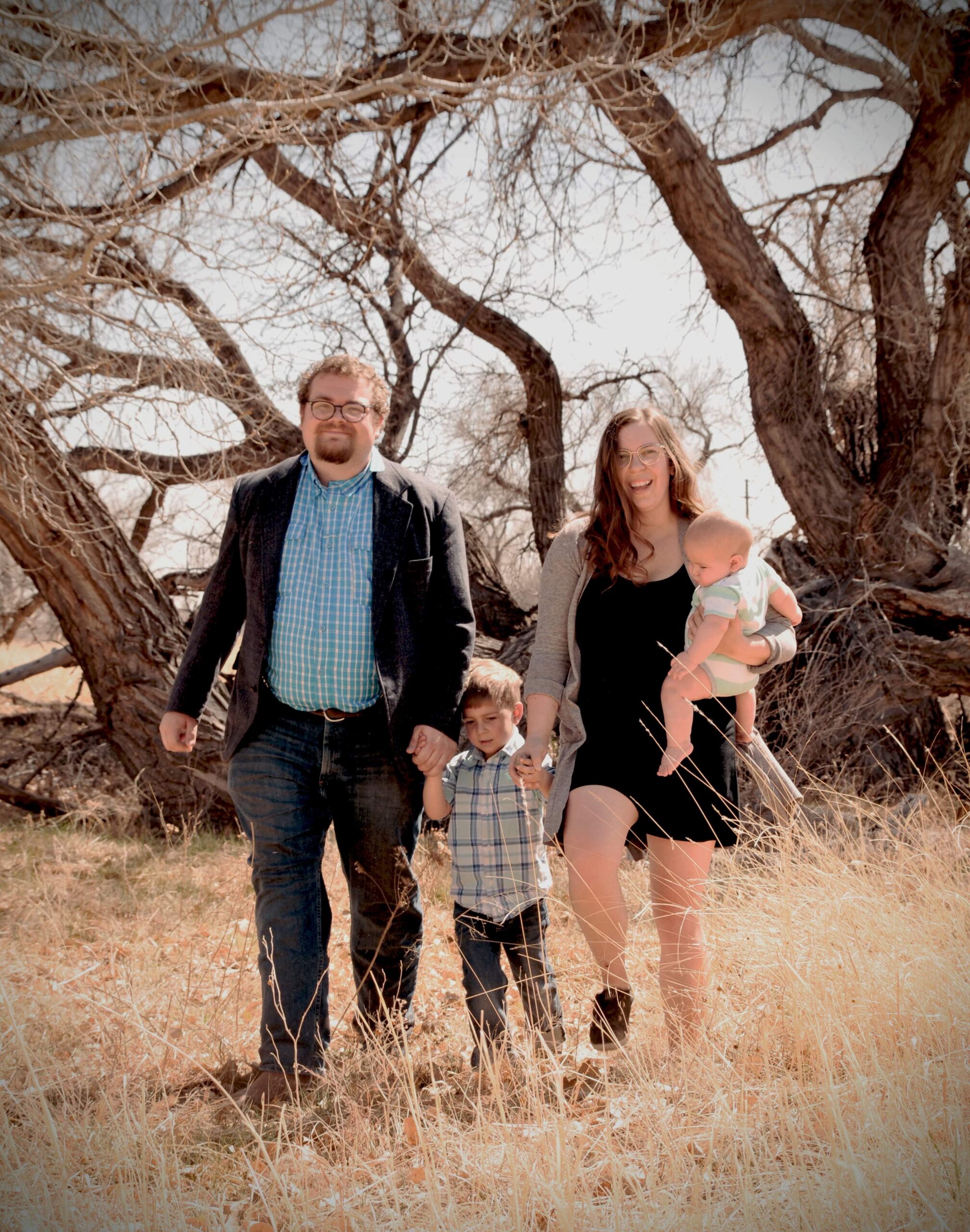

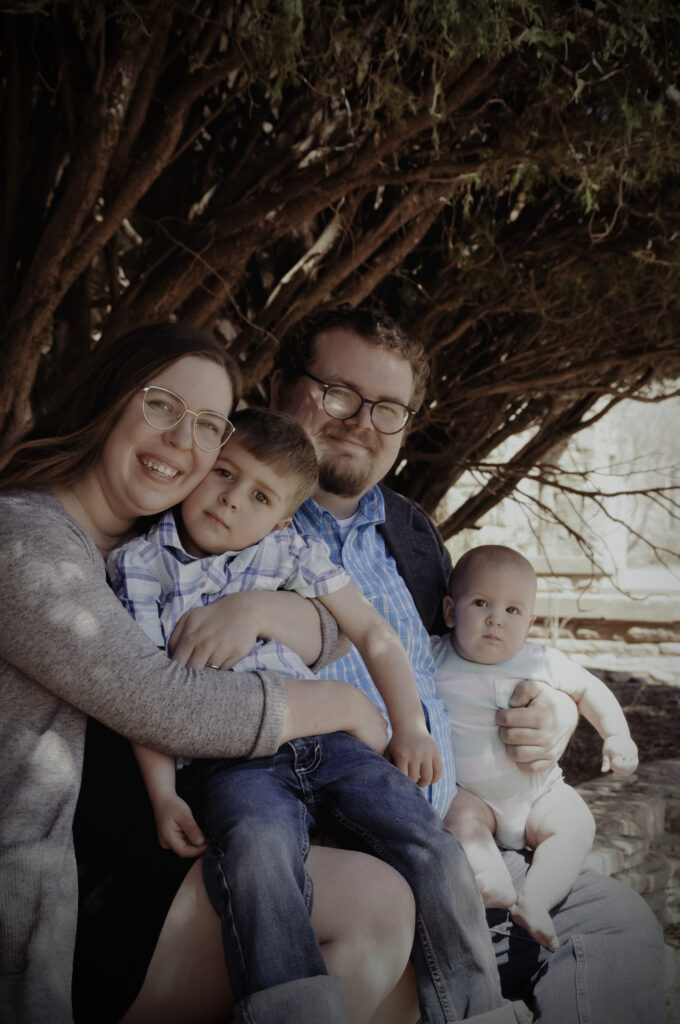
Join the email list
Join the email list to be notified when a new recipe or blog post comes out. No spam, just sourdough. Unsubscribe at any time.
Behind the Sourdough Blog
Welcome to The Sourdough Blog by The Sourdough Baker – the ultimate resource for all things sourdough! As a home baker who has spent much time experimenting with different recipes and techniques, I’m thrilled to share my knowledge with you. Making sourdough bread is more than just a hobby for me – it’s a passion. Everything I know about sourdough I’ve taught myself, through experimentation and research, and it’s my mission to help you discover the same love for this delicious and healthy bread.
When I shifted from commercial yeast to sourdough, I realized that there was an entirely different mindset around bread. What many people call sourdough bread is simply an Artisan loaf. While I love baking Artisan loaves of bread, that’s just the beginning of what sourdough has to offer. Whether you’re interested in making something typical, like Artisan bread, something unique, like soft pretzels, something quick, like crackers or pancakes, or something sweet, like cinnamon rolls, I’m here to share my expertise with you.
Through this blog and my social media accounts, I hope to demystify the sourdough process and show you how to make the most incredible bread you’ve ever tasted, right in your own home. I hope to show you that sourdough is not only versatile in the amount of bread products you can make with it, but also in the techniques you use and in its flexibility. I want to show you how it can be a part of your life, no matter your schedule.
Here, you’ll find tips, tutorials, and inspiration to help you master the art of sourdough. With a focus on the sourdough process, the role of fermentation in baking, and the impact of different ingredients, I’ll teach you everything you need to know to create delicious sourdough treats. I work daily to get all the information out for you that I can. From the perfect hydration ratio to the ideal proofing time, I share all the best tips that I have acquired during my time in the kitchen. My recipes are easy to follow and include step-by-step instructions and ingredient lists, so you can start baking in no time.
If you have a question, want to suggest a new recipe, are curious how to swap ingredients or modify a recipe to your needs: reach out to me and I’ll be happy to help. Let’s get started!
About my sourdough bread recipes
My sourdough bread recipes include any recipe leavened with active sourdough starter. My goal with sourdough bread recipes is to make the best version of the bread I can possibly make in my home kitchen. When I make these recipes, I go through a basic process that includes research, math, trial and error, and then recipe modification, until I am satisfied with the recipe.
Each recipe begins with research. Some recipes are a complete creation of my own, in which I skip to the math portion of the process based on my goals for the recipe. Other recipes, such as focaccia or hot cross buns, already have some sort of baseline. In this case, I must research the recipe to determine the desired outcomes of the bread, typical ingredients the bread consists of, and the traditional process for making the bread. Though I may change things up, whether to simplify the process, modify ingredients, or include steps to make the bread better, understanding the recipe gives me the necessary baseline to get started.
After thoroughly researching the recipe, I put together my own recipe based on the knowledge I have gathered. In some cases, such as with four-ingredient doughs, I use baker’s math to create a starting formula, and then proceed to determine the best process through trial and error. Other times, I base my recipes off of previous recipes I have put together. For example, Hawaiian rolls, brioche, cinnamon rolls, and hot cross buns are all related in that they are given a similar starting point, but each recipe includes modifications to make it fit the recipe goals. Hawaiian rolls are sweeter, and feature pineapple juice, while brioche includes more egg, cinnamon rolls exclude tangzhong, and hot cross buns are spiced and include dried fruit. Hot cross buns need the tangzhong, or else they will dry out by the next day, while the butter saturation in my cinnamon rolls keeps them tasting delightful without taking the time to make a tangzhong. Some recipes need more or less starter, depending on ingredients, to help them rise properly. Other times, I must adjust the volume of the recipe, keeping in mind inclusions and what kind of pan I am trying to fit the dough into. I use basic math proportions to help me do so.
Once a basic recipe has been written, I head to the kitchen and make it. The first try is rarely a win. Based on the results of my kitchen trials, I adjust the recipe ingredients and proportions, as well as the process. Sometimes, I try the recipe more than one way just to see which way would be better. (Should I include more or less of a particular ingredient? How will that affect the outcome? Should I fry the English muffins over low heat, or use a combination of frying over high heat and baking in the oven? What is the most efficient way to shape the dough?) I ask myself a series of questions about each recipe and method, and try each possibility at least once to know which one creates the desired result.
Once I am satisfied with the recipe, I make it at least two more times, and these times I film it for YouTube and sometimes Instagram. With these trials, I am setting in stone my process and making sure my written recipe works out properly. I always taste the recipe again to make sure the results are satisfactory.
And, that’s it! After that, I photograph the end result and write it up for this website.
Over time, my ideas on what makes good bread change. There may be recipes I was once delighted by and proud of that I later feel need modifications. There may be recipes that I feel could be improved by including or changing certain things I hadn’t thought of the first go-around. I many end up deleting recipes, only to re-do them in the future, or noting that certain videos need modifications. I think this is part of my learning and growing journey as a baker, one I do not think will ever end. I am not a perfect baker, though I strive to be the best I can be. In the meantime, I hope you enjoy the recipes I have to offer!
About my sourdough discard recipes
My sourdough discard recipes include any recipe that uses sourdough starter, whether active or inactive, as a component of the recipe, but not as a leaven. My process and goals for these recipes are a little bit different than the process and goals for my sourdough bread recipes.
My goal with sourdough discard recipes is always to include the maximum amount of sourdough starter in the recipe that I can, while still accomplishing a version of the recipe that is tasteful and functions as close to the non-sourdough version of the recipe as possible.
In addition to using as much sourdough discard as possible, I seek to keep the recipe as simple as possible. Depending on the recipe, it may not be incredibly simple or include less than five ingredients, but it will always be the best, simplest, and most sourdough version of the recipe it can be. For some recipes, that means using only one-half cup of discard, while for others it is possible to use upwards of three cups of discard with satisfactory results!
Just like with my sourdough bread recipes, I begin by researching the recipe. What are the essential components of the non-sourdough version of the recipe and why? I take my knowledge and write out a generic version of the recipe. I use basic math to include sourdough starter in the recipe, modifying all ingredients to keep similar proportions to the original recipe.
Sourdough starter does change certain factors of the recipe, due to its fermented state. For example, due to the acids in the starter, the choice between using baking soda or baking powder (or a combination of both) is different than in a recipe that includes no sourdough at all. Therefore, I test the recipe and make adjustments accordingly. I continue modifying and adjusting the recipe until the results are satisfactory and mimic a non-sourdough version of the recipe.
Once I am satisfied with the recipe, I make it at least two more times, and these times I film it for YouTube and Instagram. With these trials, I am setting in stone my process and making sure my written recipe works out properly. I always taste the recipe again to make sure the results are satisfactory.
And, of course, when it comes to sourdough discard recipes, I love to invent my own as well. Sometimes I make something out of my sourdough discard that is completely unheard of, yet an absolutely fun and delightful way to use it up. For this process, I use my knowledge of how various ingredients work together to create a product that gives a desired outcome. I keep the goal of simplicity, especially for these recipes. An example of this would be my McGriddle Sheet Pan Breakfast.
And, that’s it! After that, I photograph the end result and write it up for this website.
As time has gone on, and continues to go on, I learn more and more about how quick breads work, as well as how sourdough discard functions in various recipes. Their components are not the same as sourdough-leavened breads, and it has taken me some time to figure out. As I figure things out, I feel my previous work is gipped! The more I learn, the more I desire to change and/or simplify some of my older recipes. Alas, I do not have the time to go back and change everything as I learn something new, so I keep my old recipes and more forward, seeking to do better each time, and occasionally re-doing an old recipe. I am not a perfect baker, though I strive to be the best I can be. In the meantime, I hope you can enjoy the recipes I have to offer!

